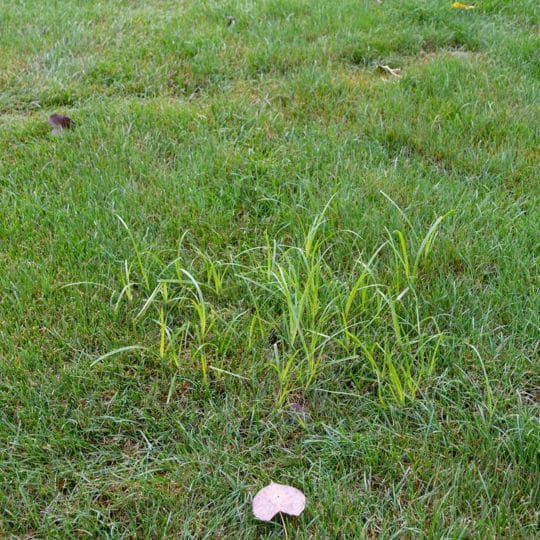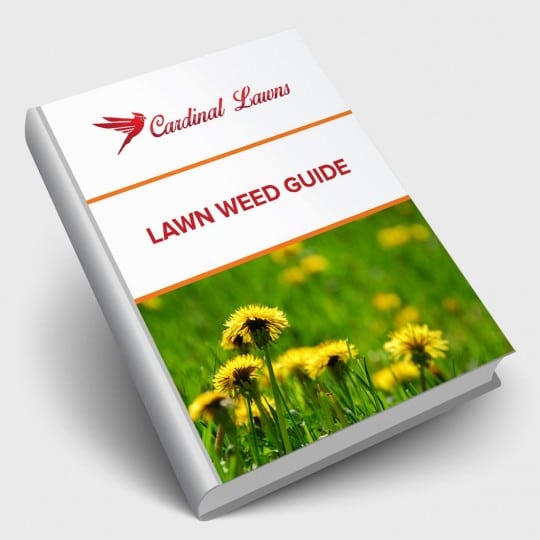Is There Nutsedge in my Lawn?
How to Identify & Control
Posted
September 19, 2019

At first it looks like grass, but soon it will grow faster and sprout flowers and you’ll know you have weeds—most likely you have nutsedge in the lawn. Learn more about how to identify this weed and help prevent and control it.
What is Nutsedge
Also known as nutgrass, nutsedge is a perennial weed, so it will most likely return year after year if not properly removed. How do you know if it’s nutsedge in your lawn?
- Shows up in the summer
- Triangular-shaped stem
- Long blade with leaves at the end
- Yellow, purple, or dark red flowers
One distinguishable feature you won’t see right away is the intricate root system that reaches up to 14 inches deep. Root tubers also grow horizontally and emerge with a new sedge plant. This makes it harder to control, especially by hand.
Controlling Nutsedge in the Lawn
Like many weeds, nutsedge can take over your lawn if not controlled. In addition to spreading through roots, the seeds spread in the wind and rain.
Nutsedge prefers moist conditions—whether from poor drainage, over-watering, or excess rainfall. It will grow in dry conditions as well if there’s less competition from other grass. This brings us to one way of controlling this weed: a healthy lawn. Proper mowing, fertilization, aerating, and watering helps create a thicker, healthy lawn that prevents any weeds from growing.
For a more professional touch to lawn care and weed control, contact Cardinal Lawns. Put a plan in place for maintaining your lawn and applying necessary products to get it back to looking its best

Download Your FREE Lawn Weed Guide
Before weeds take over your yard this season, learn to identify and prevent them in the first place. Keep your lawn looking great all year!